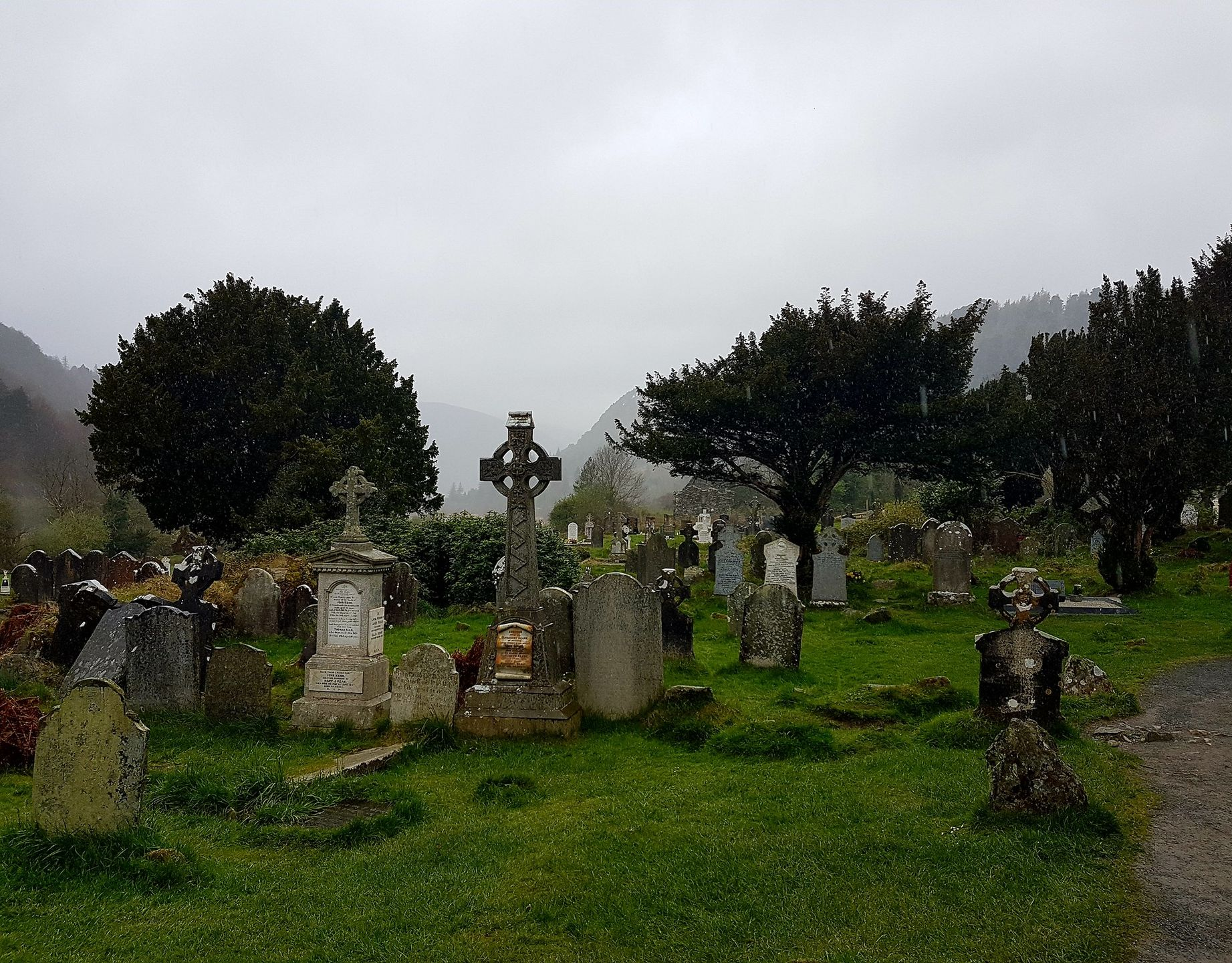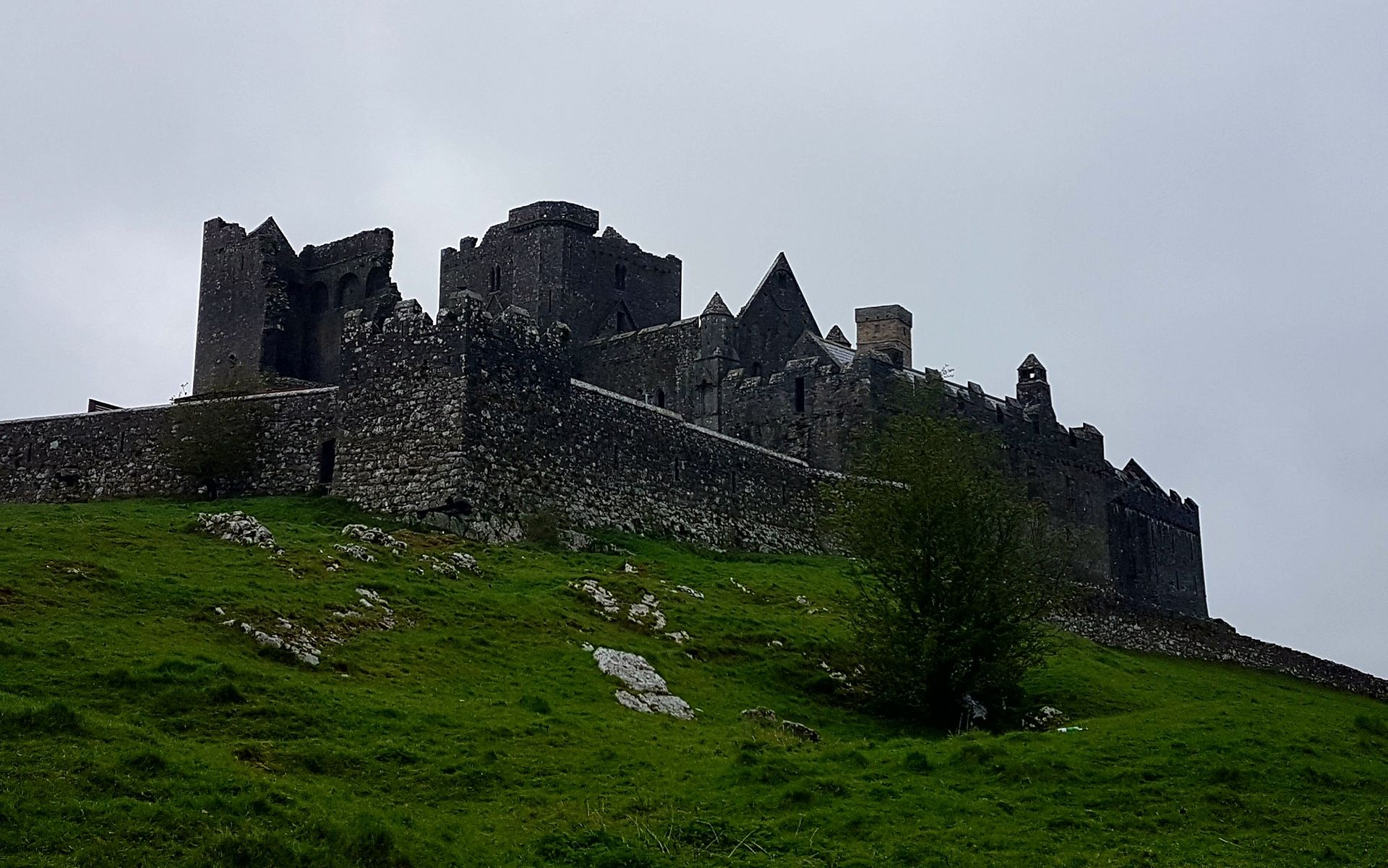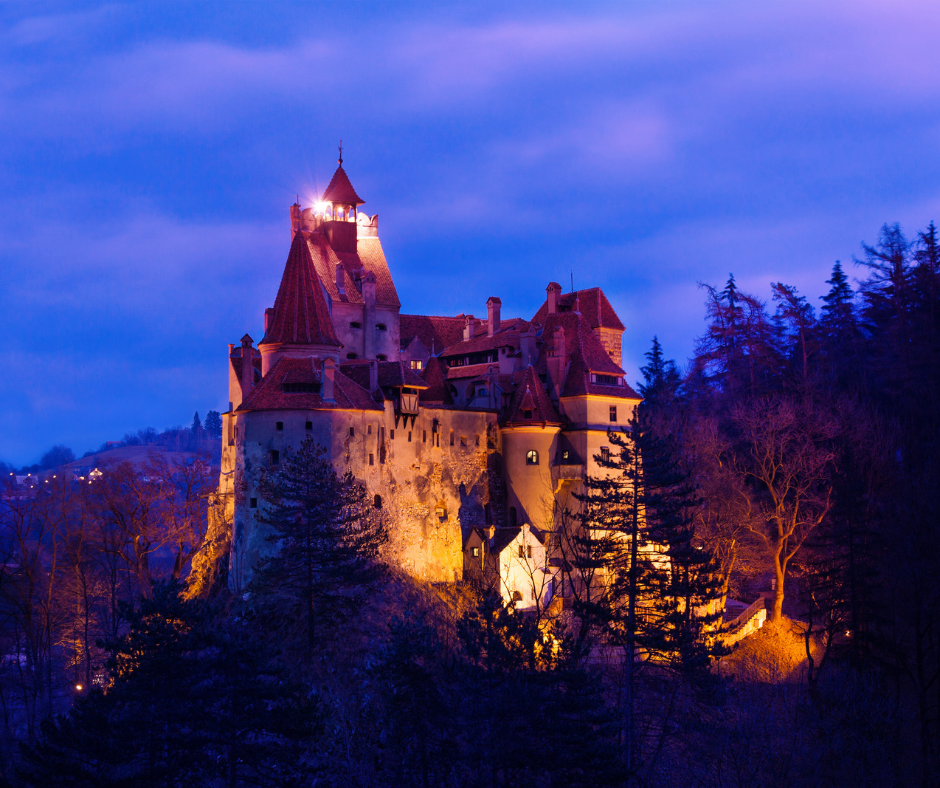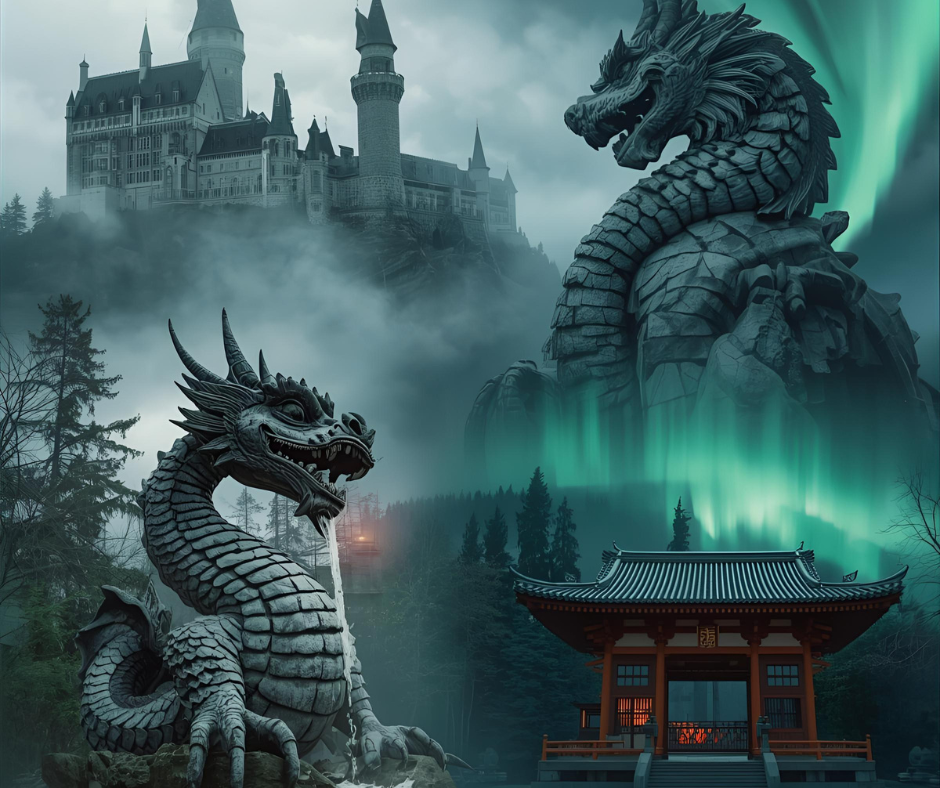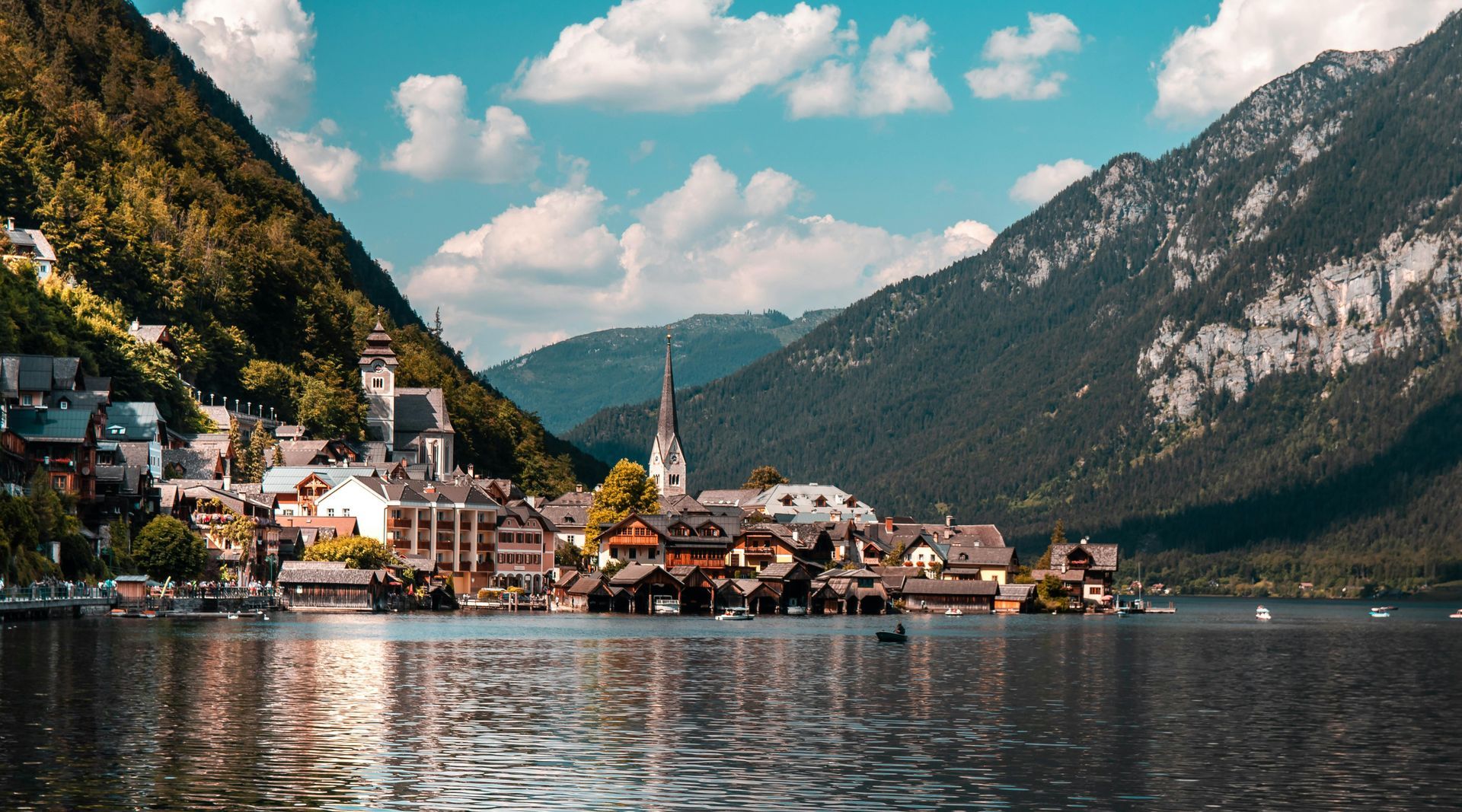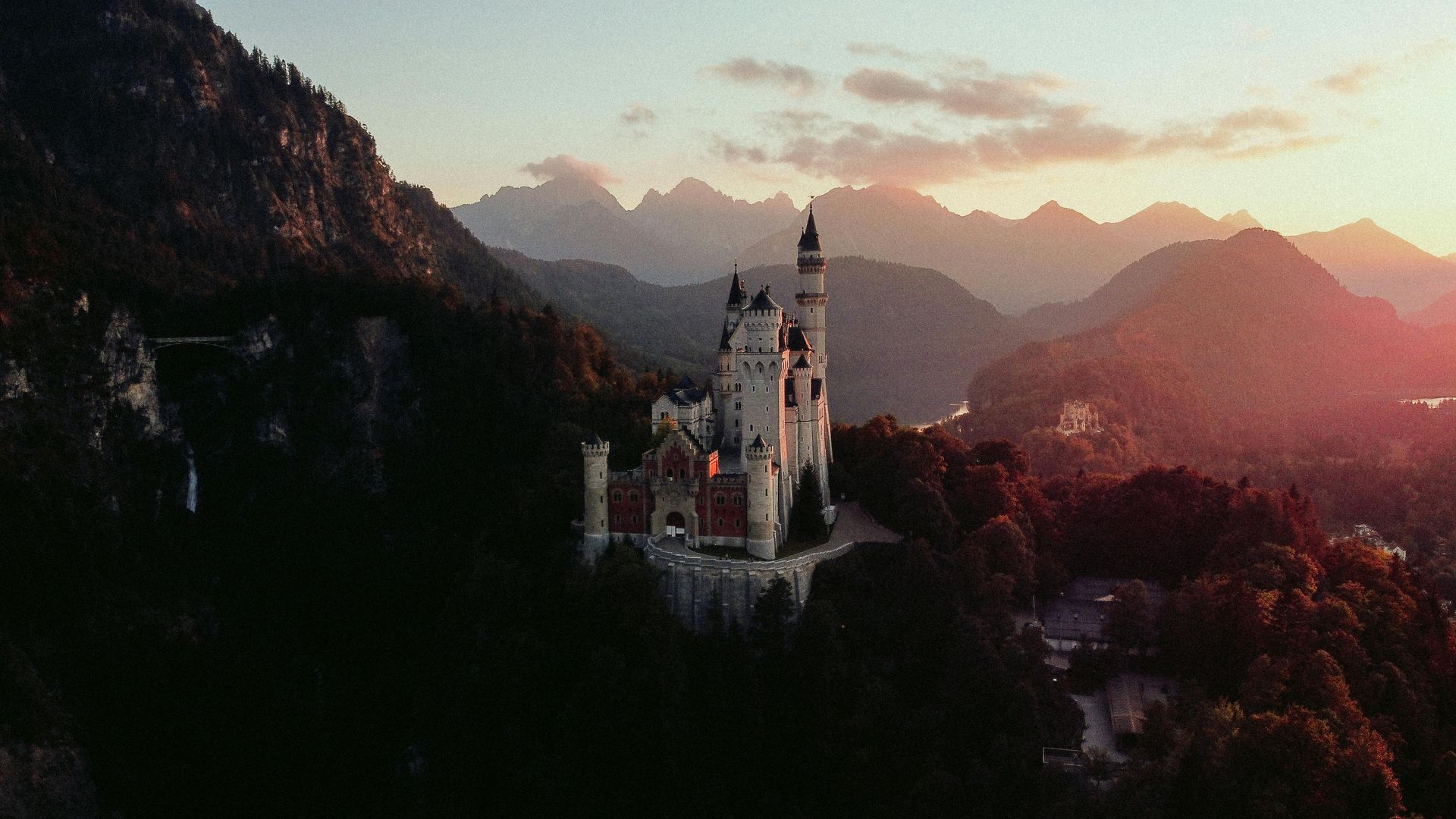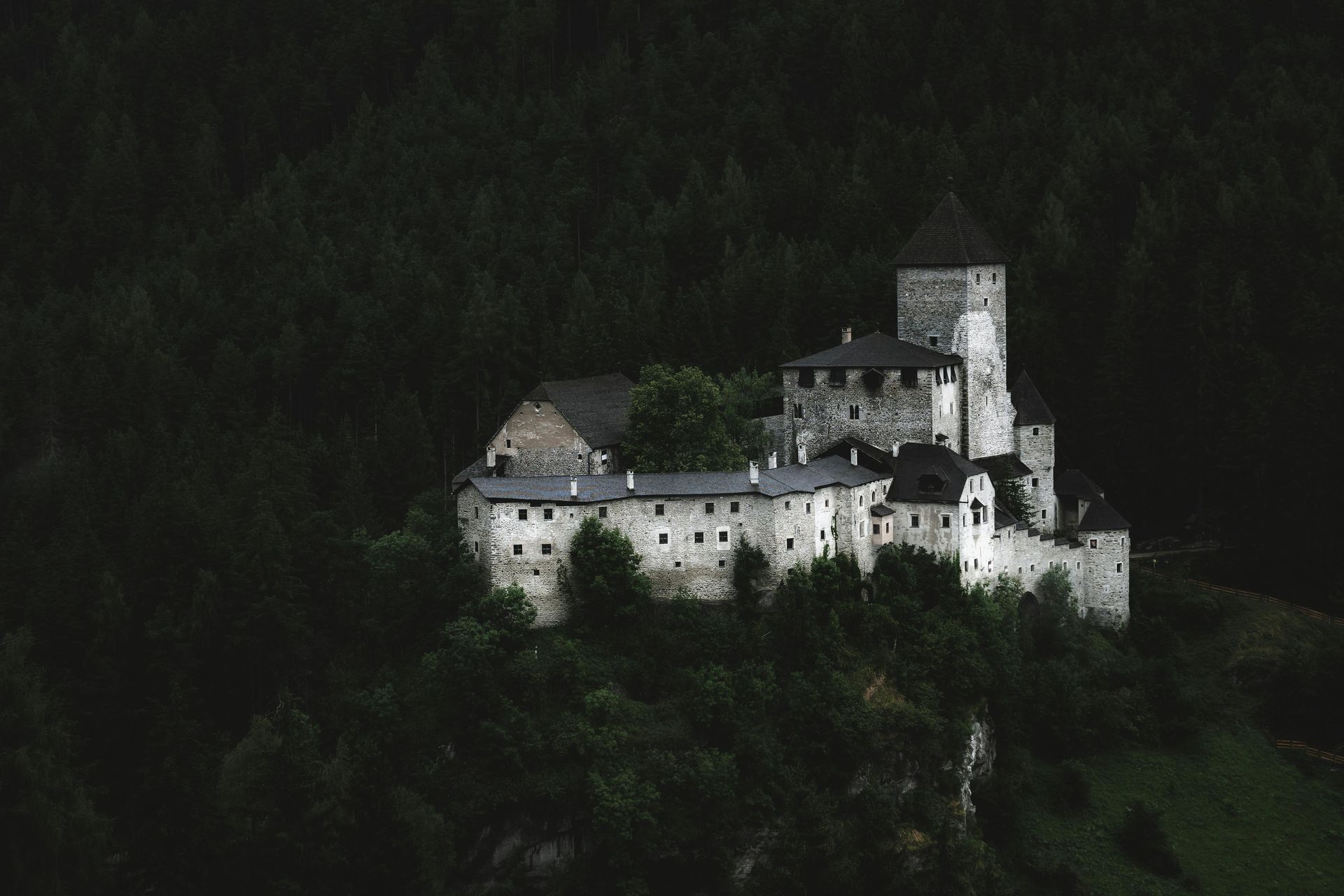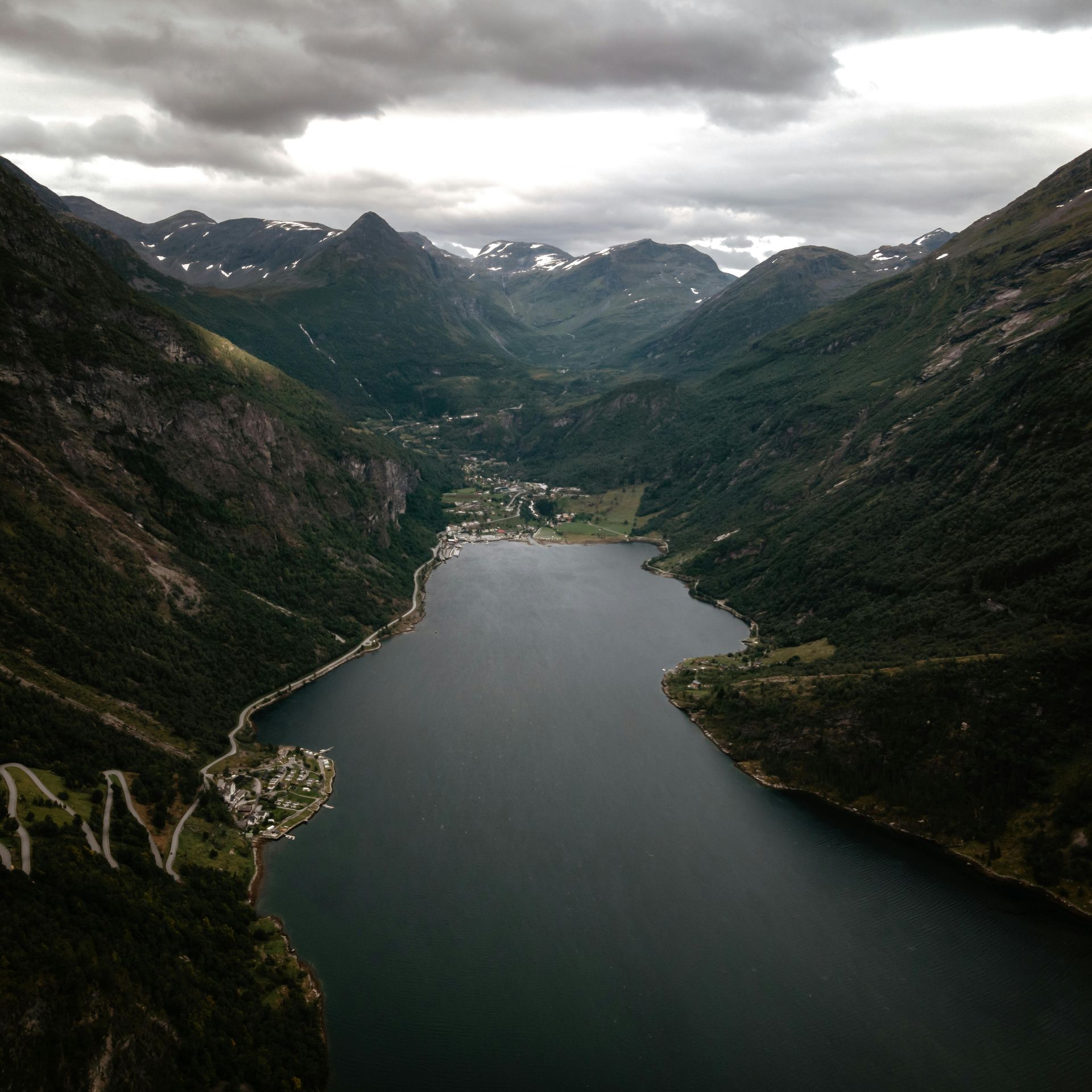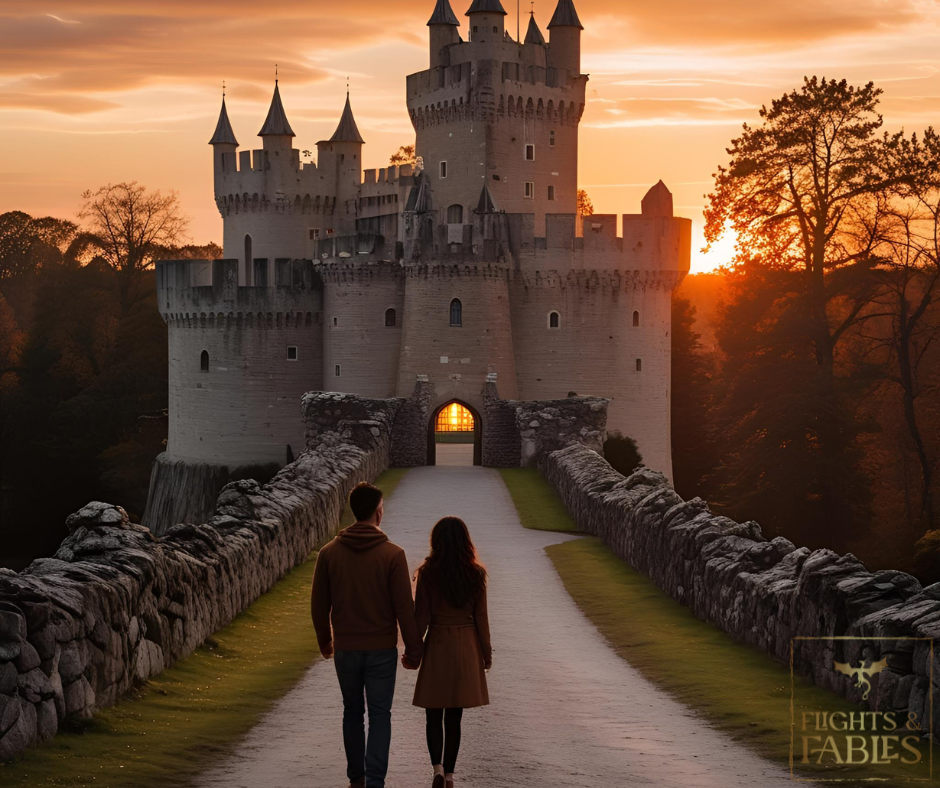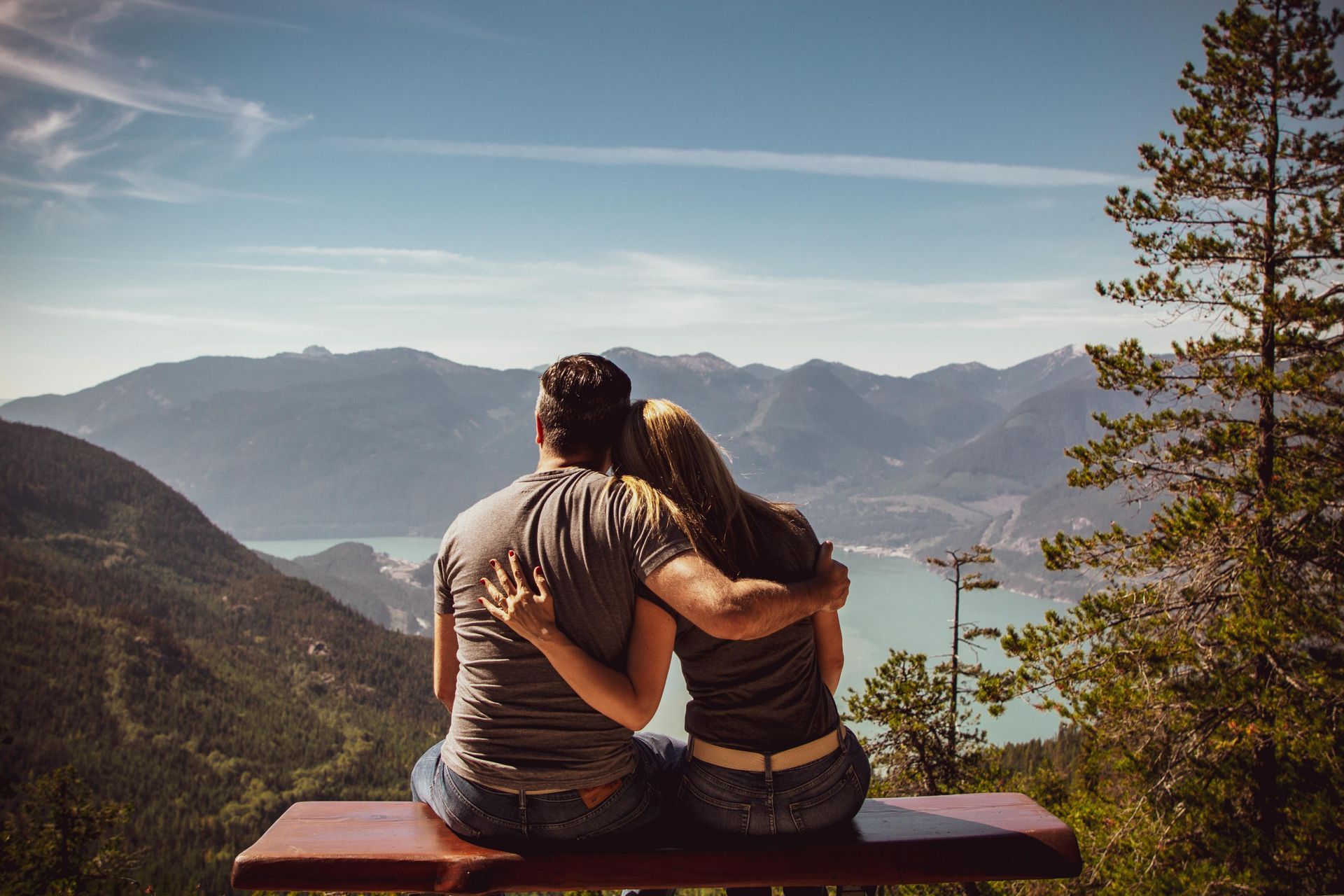Dark Legends & Local Lore: Europe's Forgotten Ghost Stories
Beyond Dracula and Jack the Ripper, Europe harbors ghost stories that have haunted villages for centuries—tales whispered by firesides, passed down through generations, and etched into the landscape itself. These aren't the polished legends that made it into Hollywood films. These are the dark legends that still make locals cross themselves, the folklore that shapes how people move through ancient streets after dark.
For fantasy travelers seeking authentic supernatural experiences, these forgotten ghost stories offer something theme parks can never replicate: genuine cultural fear, preserved in oral tradition and lived experience. From the death-warning cries of Irish banshees to the vengeance-seeking white ladies of Germany, these are the European ghost stories that deserve your attention.
Before we dive into the shadows of European folklore, let's explore why these lesser-known legends create such powerful travel experiences:
Cultural Authenticity:
These aren't tourist-board inventions. These are genuine folk beliefs that shaped communities for centuries and, in many cases, still influence local culture today.
Immersive Storytelling:
Experiencing these legends in their native landscapes, hearing banshee tales in Irish ruins, learning about white ladies in German schlösser, connects you to storytelling traditions that predate written history.
Living Traditions:
Unlike extinct legends preserved only in books, many of these ghost stories remain part of living folklore. You'll meet locals who claim encounters, families who maintain protective rituals, and communities where the legends actively shape behavior.
Fantasy Inspiration:
These folk tales influenced fantasy literature for good reason, they contain archetypal power that still resonates. Walking through their original settings reveals why these stories endured.
Now, let's journey into the shadows of Europe's most haunting folklore traditions.
Ireland: The Banshee's Lament
Region: Throughout Ireland, especially Cork, Kerry, and Galway
Best For: Folklore enthusiasts, those seeking authentic Celtic mythology
Fear Factor: ⚔️⚔️⚔️⚔️⚔️
The Legend
The banshee (bean sídhe, meaning "woman of the fairy mound") is not merely a ghost, she's a herald of death, a supernatural messenger whose appearance or cry foretells that someone in the family will die. Unlike Hollywood's shrieking monster, the traditional banshee is complex: sometimes a beautiful woman combing her long hair, sometimes a wizened crone, sometimes heard but never seen.
The banshee's wail, the iconic keening cry, is described as unlike any human sound. Those who've heard it say it starts like wind through a hollow, builds to a woman's grief-stricken shriek, and penetrates to your marrow. She appears only to certain Irish families, particularly those with O' or Mac surnames, maintaining an ancient connection to Celtic nobility.
Not every banshee encounter is malevolent. Some families view their banshee as a protective ancestral spirit, mourning their dead with the intensity only centuries of attachment can create. She washes the burial clothes of the dying at riverbanks (the bean nighe), or appears combing her hair with a silver comb, and if you're bold enough to steal that comb, legend says she must grant you a wish to retrieve it.
Where to Experience Banshee Lore
Ross Castle, Killarney (County Kerry):
This 15th-century stronghold on the edge of Lough Leane carries potent banshee legends. The O'Donoghue family, who built the castle, claimed a banshee who appeared before any family death. Local guides still share stories of visitors who've heard unexplained wailing across the lake at twilight. The castle's position, between water and land, where liminal spaces multiply, makes it a traditional banshee haunt.
Leap Castle, County Offaly:
Yes, the world's most haunted castle we explored in our previous guide also has banshee legends. The O'Carroll family, who built Leap, had a banshee whose cries mixed with the other supernatural activity. Visitors report hearing keening that doesn't match any of the castle's other documented ghosts, a distinct, piercing cry that seems to come from everywhere and nowhere.
Bunratty Castle, County Clare:
This restored 15th-century tower house offers medieval banquet experiences with a side of folklore. The castle's interpreters share banshee stories passed down through the area, and the grounds, with their shadowy corners and proximity to the River Ratty, create an atmosphere where you can almost imagine hearing that otherworldly cry.
Cliffs of Moher, County Clare:
While not a specific building, these dramatic cliffs hold centuries of banshee lore. The wind through the sea stacks creates sounds that Irish tradition attributes to banshees mourning sailors lost to the Atlantic. The O'Brien clan, who ruled this region, claimed a banshee who appeared before storms that would claim lives at sea.
Why Fantasy Travelers Love Irish Banshee Lore
Banshee legends offer something unique in European folklore: they're deeply personal rather than randomly malevolent. The banshee isn't a monster to defeat, she's a supernatural force acknowledging the profound reality of death and family connection. For travelers interested in Celtic mythology, banshees represent the Irish relationship with the Otherworld: not separate from reality, but woven through it.
Travel Tips
- Best time to visit: October through February offers the most atmospheric conditions, mist, early darkness, and the kind of weather that makes banshee stories feel real
- Folklore tours: Several Irish tour companies offer specialized folklore walks that explore banshee traditions without sensationalism
- Respectful approach: Remember these are genuine cultural beliefs. Many Irish people have family stories about banshee encounters; approach with curiosity rather than mockery
- Sound experience: Visit locations at dusk or dawn when wind and natural sounds create the eerie acoustic landscape where banshee legends were born
Pro tip:
Pair banshee lore exploration with traditional Irish music sessions in local pubs. The keening vocal style in sean-nós singing shares similarities with described banshee cries, hearing that vocal tradition provides cultural context for the legend.
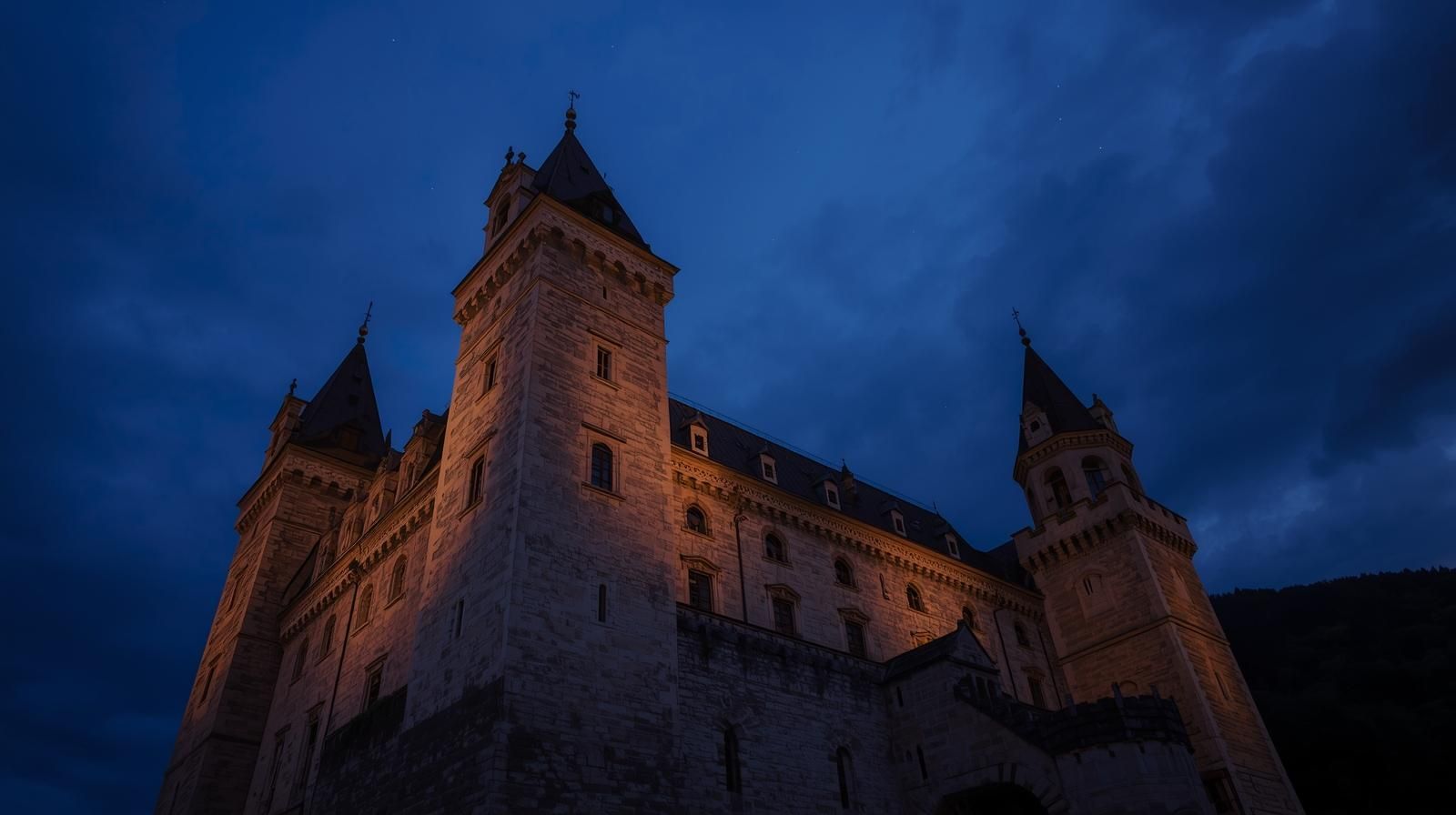
Germany: The White Ladies of the Schlösser
Region:
Throughout Germany, especially Bavaria, Saxony, and Brandenburg
Best For:
Castle enthusiasts, those interested in medieval history
Fear Factor: ⚔️⚔️⚔️⚔️
The Legend
The Weiße Frauen (White Ladies) are Germany's most pervasive ghost phenomenon, aristocratic women in white or pale clothing who haunt castles and manor houses across German-speaking Europe. Unlike the single banshee tradition, White Ladies represent a category of spirit, each with her own story, but sharing common themes: betrayal, injustice, and the inability to rest until wrongs are set right.
Some White Ladies foretell death, appearing before a family member dies. Others seek to right historical wrongs, revealing hidden treasures, exposing murders, or guiding descendants to correct ancient injustices. A few exact revenge, though most German White Ladies are depicted as melancholy rather than actively malicious.
The most famous White Lady tradition belongs to the Hohenzollern dynasty. The White Lady of the Hohenzollerns reportedly appeared before the death of any family member from the 1400s through the fall of the German Empire. She appeared before Kaiser Wilhelm II's death, continuing a tradition that spanned five centuries.
Where to Experience White Lady Legends
Schloss Neuhaus, Paderborn (North Rhine-Westphalia):
This Renaissance water castle harbors the legend of a White Lady who appears in the mirror hall before significant family events. Local lore describes her as a noble woman wrongly accused of adultery, who returns to maintain her honor. The castle offers guided tours that include its ghost stories, presenting them as part of the historical narrative rather than pure entertainment.
Plassenburg Castle, Kulmbach (Bavaria):
Perched above the town of Kulmbach, this fortress-palace claims a White Lady who wanders its galleries seeking her murdered child. The legend dates to the 16th century, when the castle served as a prison. The armory museum inside preserves the story alongside military history, acknowledging how folklore and fact intertwine in castle memory.
Schloss Nymphenburg, Munich (Bavaria):
This Baroque palace complex, summer residence of Bavarian rulers, has multiple White Lady sightings recorded over centuries. The most famous appears in the Steinerner Saal (Great Hall), gliding between columns before vanishing. Unlike many dark legends, Nymphenburg's White Lady seems benevolent, staff members report feeling comforted rather than frightened by her presence.
Berliner Stadtschloss/Humboldt Forum, Berlin:
The reconstructed Berlin Palace carries the legend of the Hohenzollern White Lady, who appeared before the death of Prussian rulers. While the original palace was demolished and rebuilt, the legend persists. The Humboldt Forum museum inside occasionally hosts exhibitions on Berlin folklore that include White Lady traditions.
Schloss Burg, Solingen (North Rhine-Westphalia):
This reconstructed medieval castle on the Wupper River claims a White Lady who appears on the ramparts before storms. Local tradition connects her to a medieval noblewoman who threw herself from the walls when her husband was killed in battle. The castle hosts medieval festivals where storytellers share regional ghost folklore.
Why Fantasy Travelers Love German White Ladies
White Lady legends offer insight into how German culture processes historical trauma. These aren't random hauntings, they're stories about injustice, betrayal, and the need for truth to prevail. For travelers interested in how folklore reflects cultural values, White Ladies reveal the German emphasis on honor, truth, and the belief that wrongs must ultimately be acknowledged.
Travel Tips
- Best time to visit: May through October for most castles, though winter visits add atmospheric moodiness
- Guided tours: Many German castles offer tours in English that include historical legends as part of the castle's story
- Combined experiences: Germany's castle density means you can visit multiple White Lady locations in a single region, Bavaria especially offers excellent castle-hopping
- Cultural context: Understanding the Thirty Years' War (1618-1648) helps contextualize many White Lady legends, which emerged from that catastrophic period
Pro tip:
The
Romantic Road tourism route passes several White Lady castles, including Schloss Harburg and Schloss Neuschwanstein (which has White Lady legends despite its 19th-century construction). Combine castle visits with scenic drives through Bavaria and Baden-Württemberg.
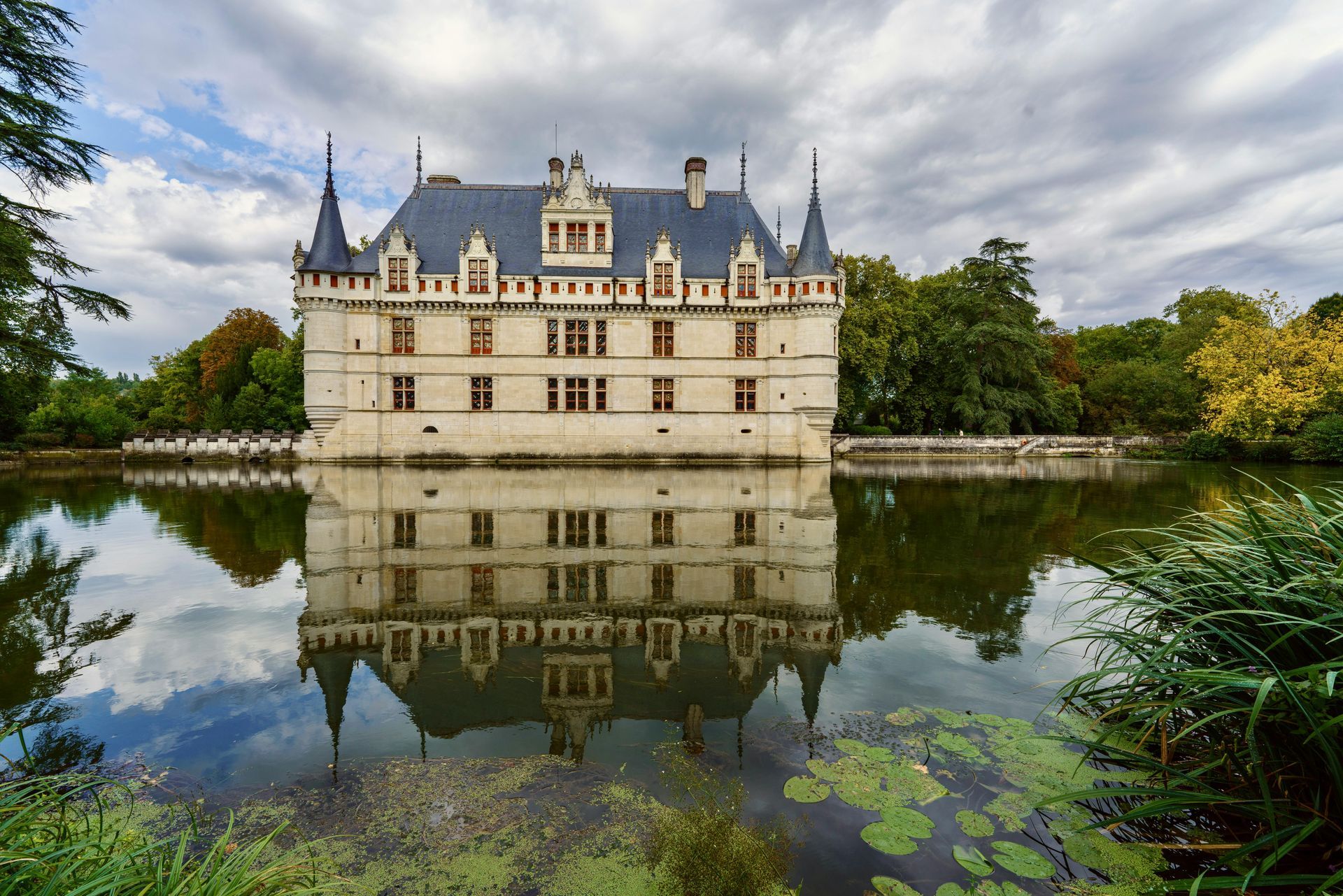
France: Les Revenants and Forgotten Spirits
Region:
Throughout France, especially Brittany, Burgundy, and the Loire Valley
Best For:
Literary travelers, lovers of Gothic atmosphere
Fear Factor: ⚔️⚔️⚔️⚔️
The Legend
French ghost folklore takes a distinctly different approach from Irish and German traditions. Les revenants (literally "those who return") represent the French fascination with death's ambiguity, spirits who return not to haunt, but to complete unfinished business, seek justice, or maintain connections with the living.
Unlike the dramatic banshee or the noble White Lady, French revenants often appear disturbingly normal. They sit at family tables, walk familiar routes through villages, or appear in doorways exactly as they did in life. The horror isn't in their appearance, it's in the slow realization that the person you're speaking with is dead.
French folklore also preserves darker entities: the lavandière de nuit (night washer women) who clean burial shrouds at rivers, presaging death; the ankou, a skeletal figure who drives a creaking cart collecting souls; and various regional spirits tied to pre-Christian traditions that Christianity never quite erased.
The 19th-century French literary movement embraced these folk traditions, creating the frisson fantastique, the "fantastic shiver," that influenced Gothic literature across Europe. French ghost stories often blur the line between psychological experience and supernatural reality, creating unsettling ambiguity.
Where to Experience French Revenant Lore
Château de Brissac, Loire Valley:
I explored this castle's
Green Lady in our previous guide, but Brissac represents the quintessentially French approach to ghosts: elegant, tragic, and woven into aristocratic history. The Green Lady is a revenant, murdered in life, returning to the scene of her death. The castle's acceptance of her presence (they offer overnight stays in potentially haunted chambers) reflects the French comfort with ghosts as part of heritage.
Carnac, Brittany:
This megalithic site predates written history, but Breton folklore preserves tales of revenants who walk among the standing stones. Local legend claims the stones themselves are soldiers turned to stone, and on certain nights, they march to the sea to drink. The intersection of prehistoric monuments and medieval folklore creates one of Europe's most layered supernatural landscapes.
Château de Versailles:
Yes, even Versailles has ghost stories, though less publicized than its opulent history. Multiple visitors over the decades have reported encounters with figures in period costume who vanish upon approach. The most famous incident occurred in 1901, when two English academics claimed to encounter Marie Antoinette's court as they wandered the Petit Trianon gardens, a "time slip" experience that became known as the Moberly-Jourdain Incident.
The Catacombs of Paris:
Six million skeletons line the walls of this underground ossuary, transferred from overflowing Parisian cemeteries in the late 18th century. While technically a tourist attraction rather than a folklore site, the catacombs embody French attitudes toward death—simultaneously macabre and matter-of-fact. Urban explorers claim experiences in the unauthorized sections that extend far beyond the tourist route.
Château de Combourg, Brittany:
This medieval fortress was home to François-René de Chateaubriand, whose writings helped establish the Romantic movement. His descriptions of the castle's ghosts—including the wooden-legged specter of a former lord who haunted the Cat Tower—influenced Gothic literature for generations. The castle preserves Chateaubriand's apartments and continues to share the ghost stories that shaped his imagination.
Why Fantasy Travelers Love French Revenant Traditions
French ghost lore offers philosophical depth rare in folklore. These aren't simple scare stories, they're meditations on memory, loss, and the persistent presence of the past. For travelers interested in how folklore intersects with literature and philosophy, French revenant traditions reveal a culture that's comfortable with ambiguity and psychological complexity.
Travel Tips
- Best time to visit: Spring through fall for most locations; Brittany is atmospheric year-round with its maritime weather
- Literary connections: Many French châteaux offer literary-themed tours connecting ghost stories to French Romantic literature
- Language advantage: Basic French helps in smaller towns where English tours may be limited, though major sites accommodate international visitors
- Regional variations: Brittany's Celtic-influenced folklore differs significantly from Burgundy's medieval traditions, explore multiple regions for the full French ghost experience
Pro tip:
France's
Châteaux of the Loire and Burgundy wine regions offer excellent opportunities to combine luxury travel with ghost lore. Many château hotels offer atmospheric stays where you can sip wine by the fire while discussing local legends with knowledgeable hosts.
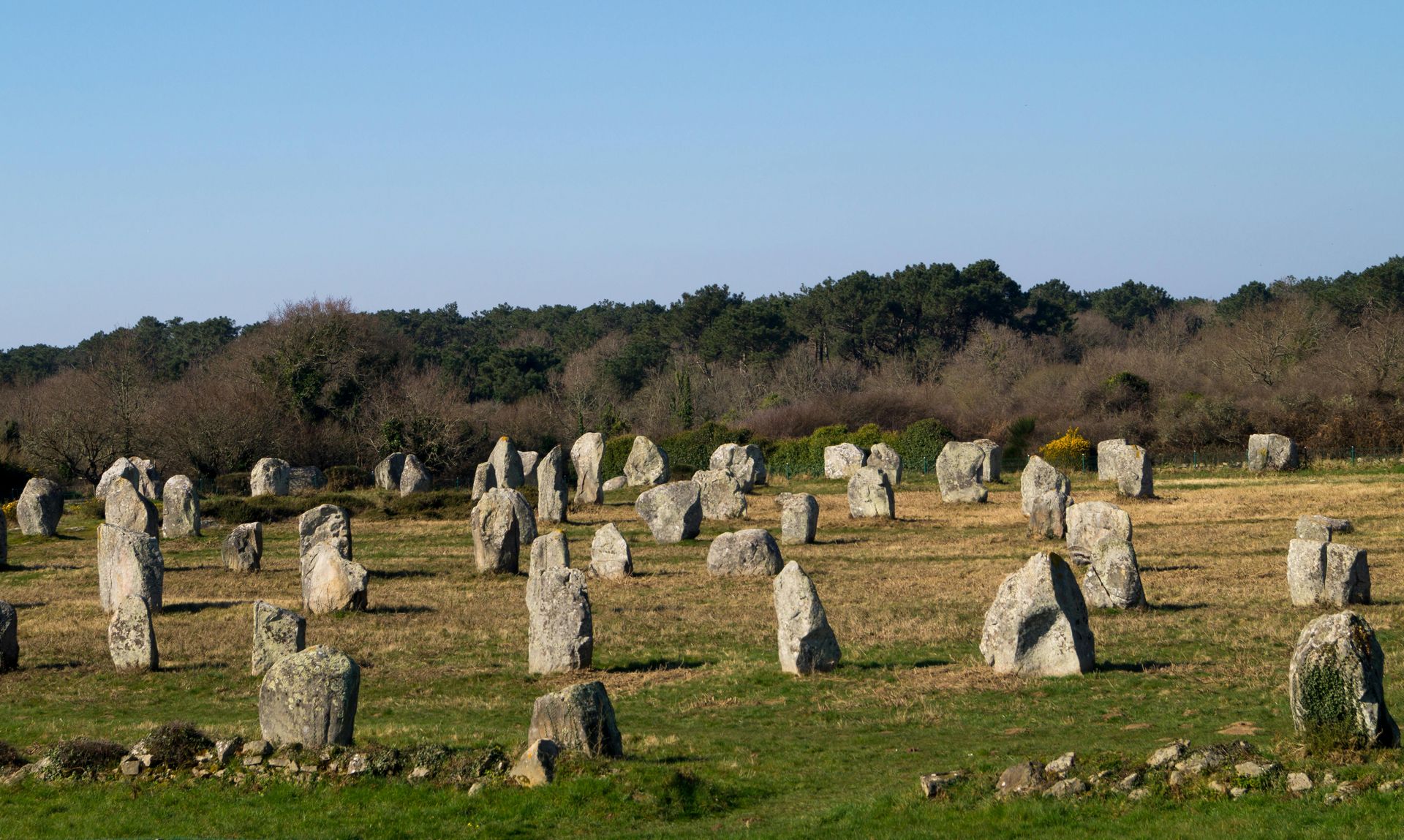
Lesser-Known European Ghost Traditions Worth Exploring
Spain: Las Ánimas and Santa Compaña
Galicia, in northwest Spain, preserves the Santa Compaña (Holy Company) a nocturnal procession of souls carrying candles through the countryside. Those who encounter the procession must join it or risk death, walking until they can pass their candle to another unfortunate soul. This pre-Christian tradition survives in rural Galicia, where some villagers still avoid certain roads after dark.
Where to experience it: The Camino de Santiago passes through Galician territories where Santa Compaña legends remain strong. Rural areas near Santiago de Compostela preserve the folklore most authentically.
Italy: Le Anime del Purgatorio
Italian folklore emphasizes purgatorial souls who return seeking prayers and masses to speed their transition to paradise. Unlike malevolent hauntings, these spirits seek to negotiate, offering treasure information or protection in exchange for religious intercession. This reflects Catholic theology's influence on Italian folk tradition.
Where to experience it: Naples and Sicily preserve the strongest traditions. The Fontanelle Cemetery in Naples, where locals "adopted" skulls and prayed for unknown souls, exemplifies this relationship with the dead.
Scotland: The Grey Man of Ben MacDhui
Britain's second-highest peak harbors one of mountaineering's most persistent legends. Climbers on Ben MacDhui report an overwhelming presence, footsteps crunching in the snow behind them, a sense of malevolent watching. Respected mountaineers, including the first person to summit every Scottish Munro, have reported the phenomena. Unlike castle ghosts, the Grey Man (Am Fear Liath Mòr) belongs to wild places, suggesting older, pre-human spirits.
Where to experience it:
The Cairngorms National Park in Scotland. While actually attempting to encounter the Grey Man requires serious mountaineering skills, the region's visitor centers share the folklore, and easier walks in the Cairngorms offer a taste of the wild atmosphere that spawned the legend.
Planning Your Dark Legends Journey
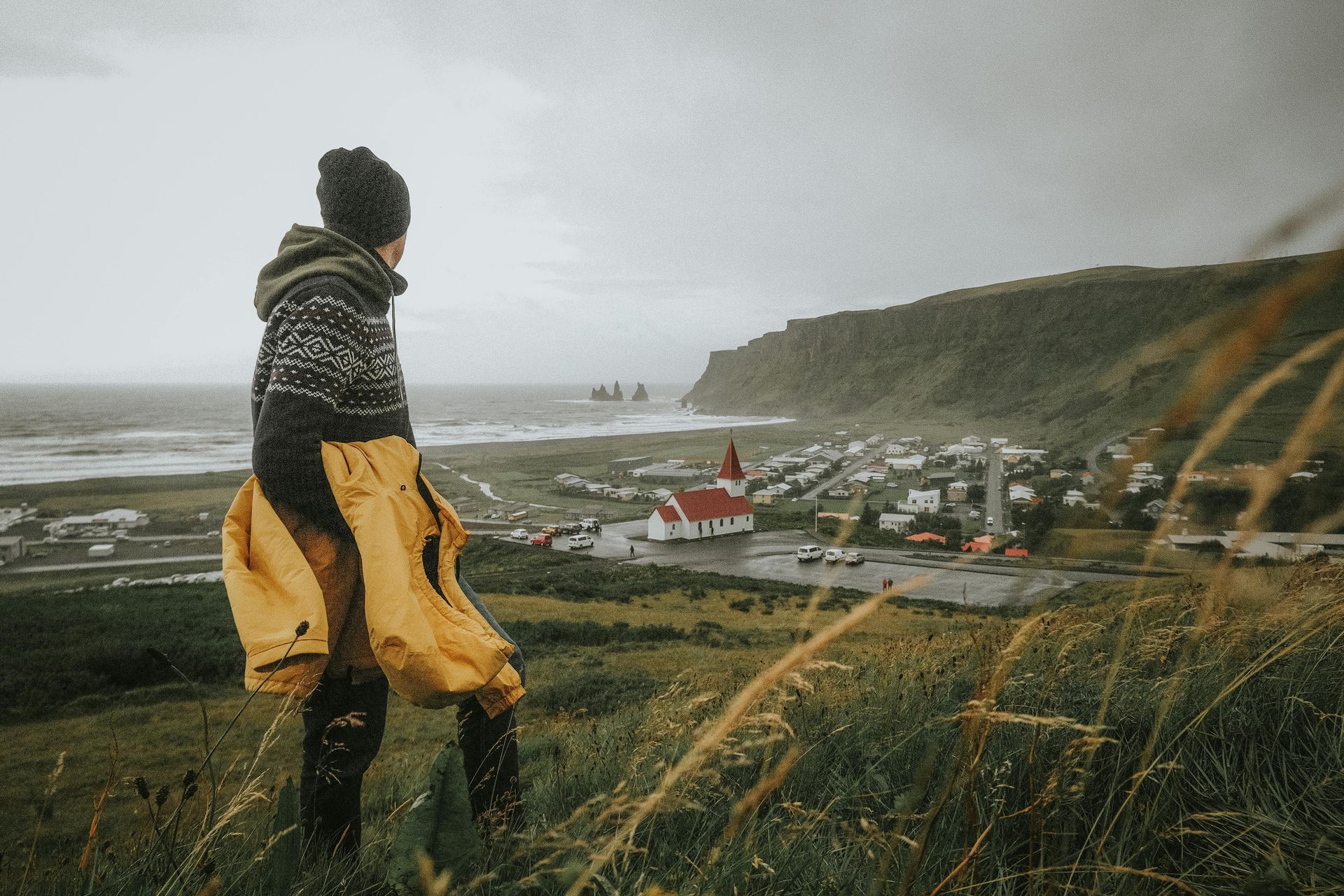
The Deeper Magic of Forgotten Legends
Multi-Country Folklore Itinerary (14-21 days)
The Celtic Fringe Tour:
- Start: Dublin and Irish banshee country (3-4 days)
- Brittany, France: Carnac megaliths and revenant lore (3 days)
- Scotland: Edinburgh folklore and Highlands legends (4 days)
- Wales: Pre-Christian folklore in Snowdonia (2-3 days)
The Central European Ghost Story Trail:
- Start: Paris and northern French châteaux (3 days)
- Burgundy and Loire Valley revenant traditions (3 days)
- Bavaria and Romantic Road White Ladies (4 days)
- Austrian and Czech castle legends (3 days)
River Cruise + Folklore Extension:
- Rhine River Cruise: German White Lady castles line the Rhine
- Pre-cruise: French revenant locations in Alsace
- Post-cruise: Austrian and Bavarian folklore sites
Best Times for Dark Legend Travel
October-November (Peak Folklore Season):
Halloween and All Saints' Day/All Souls' Day traditions bring folklore to life. Many locations offer special ghost tours, folklore festivals, and storytelling events. Expect higher prices and crowds, but maximum atmospheric programming.
January-February (Authentic Atmosphere):
Cold, dark, and often misty, these months provide the most atmospheric conditions for experiencing dark legends in their native environment. Shorter days mean you'll experience locations in the twilight and darkness that spawned the legends. Fewer tourists and lower prices offset some castle closures.
May-June (Balanced Experience):
Pleasant weather, longer days (though still dark enough for atmosphere), blooming landscapes, and moderate crowds. Excellent for combining folklore travel with general sightseeing and outdoor activities.
Practical Considerations
Folklore Tours and Guides:
- Look for tours led by local historians or folklorists rather than pure entertainment ghost tours
- Academic perspectives add depth, many folklore tours connect with university departments or cultural heritage organizations
- Skeptical tours that present folklore as cultural artifact rather than entertainment often provide richer experiences
Respecting Living Traditions:
- Remember these aren't extinct legends, many communities still hold these beliefs
- Avoid mocking or dismissive attitudes, especially in rural areas
- Ask permission before photographing sites connected to recent deaths or active religious practices
Reading and Preparation:
- W.B. Yeats' "Fairy and Folk Tales of Ireland" provides essential Irish context
- Brothers Grimm collected German folklore that provides background for White Lady traditions
- Guy de Maupassant's short stories capture French attitudes toward the supernatural
What to Pack:
- Weather-appropriate layers (European folklore locations are often cold and damp)
- Good walking shoes for rural locations and castle exploration
- Small flashlight for examining castle details and darkened spaces
- Notebook for recording stories, oral tradition deserves documentation
These dark legends and local lore offer something increasingly rare: stories that shaped how entire cultures understood life, death, and the space between. Unlike modern horror designed for entertainment, these ghost stories served real cultural functions, processing grief, enforcing social norms, explaining the unexplainable, and maintaining community memory across generations.
For fantasy travelers, exploring these forgotten ghost stories creates a different kind of magic than visiting vampire legends or haunted castles. These are intimate experiences, village-level folklore rather than grand Gothic drama. You're not visiting tourist attractions, you're encountering living cultural traditions, meeting people who still honor the stories their grandparents' grandparents told, and walking landscapes where the supernatural never fully retreated.
The banshee's cry across an Irish lough, the White Lady gliding through a Bavarian corridor, the revenant sitting at a French fireside, these images persist because they contain archetypal truth. Death comes for us all. The past refuses to stay buried. Love and injustice transcend mortality. These stories endure because they speak to realities that don't change, no matter how modern we become.
When you stand in a misty Irish ruin and understand why locals still believe in banshees, or explore a German schloss where White Lady sightings continue into the 21st century, you're experiencing what fantasy literature tries to recreate: the genuine frisson of encountering something beyond rational explanation. Not because these places are necessarily haunted, but because they preserve cultural memories so powerful that reality itself seems to bend around them.
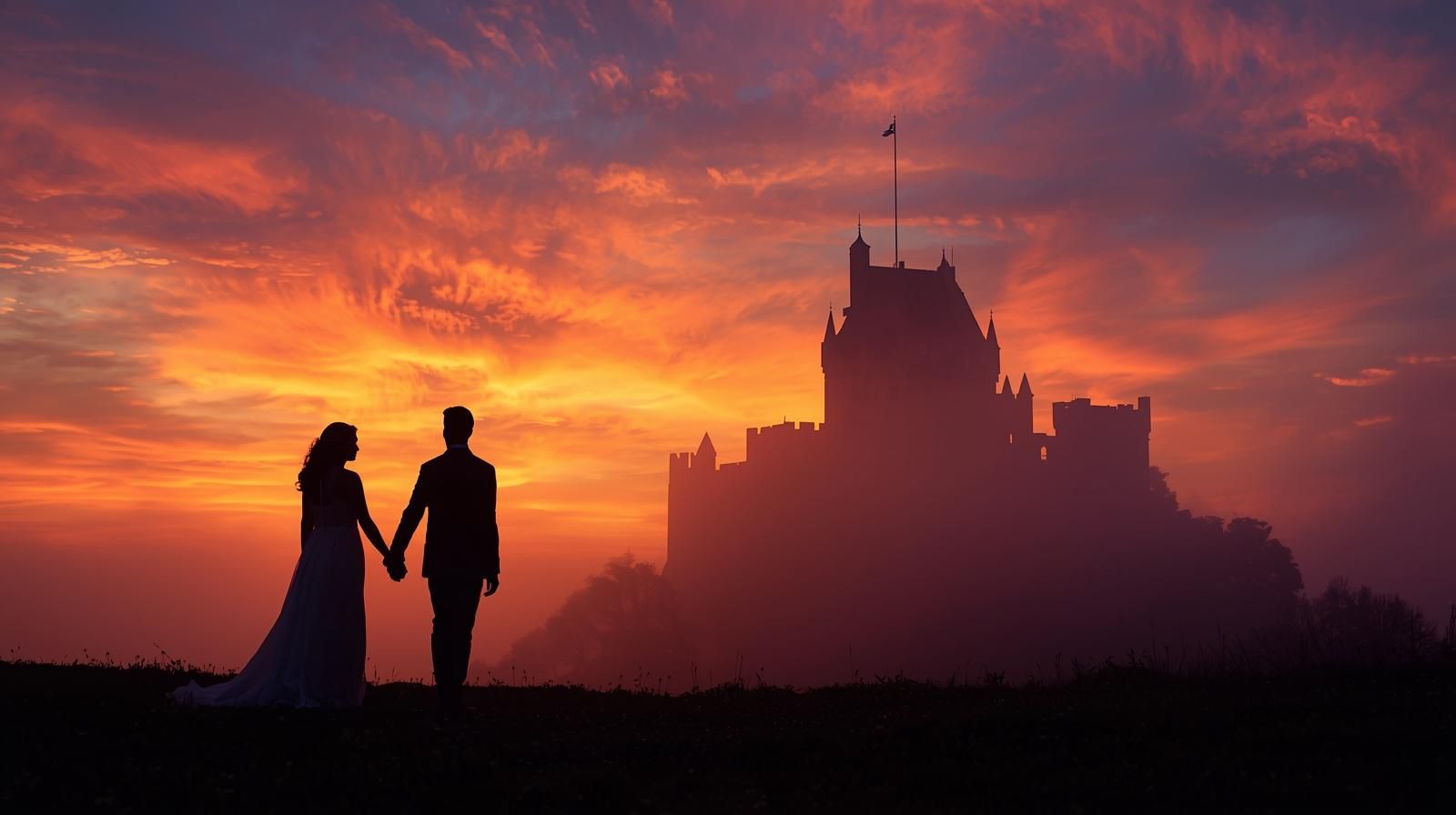
Ready to Explore Europe's Forgotten Ghost Stories?
These dark legends aren't just history, they're living traditions that continue to shape how Europeans relate to their landscapes and heritage. Whether you want to trace banshee lore through Irish ruins, explore German castle ghosts, or discover French revenant traditions, I can help you design an itinerary that goes beyond surface-level ghost tours.
At Flights & Fables, I specialize in creating fantasy travel experiences that connect you with authentic cultural traditions. From arranging private folklore guides to securing accommodations in legendary locations, I handle the details so you can focus on experiencing the stories.
Let's plan your journey into Europe's darkest legends. Book a discovery call to start designing your folklore adventure.
Ready to explore more supernatural Europe? Check out our guides to
haunted castles you can actually visit,
vampire legends across Eastern Europe, and
fantasy travel destinations that bring fantasy to life.
